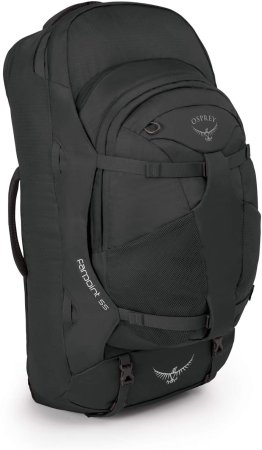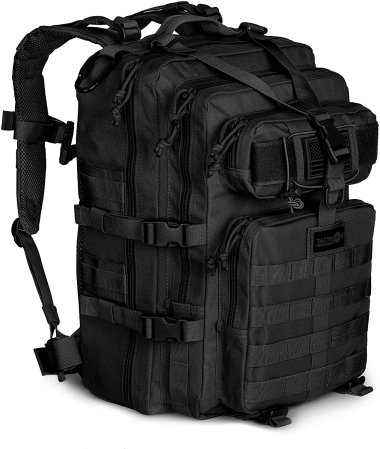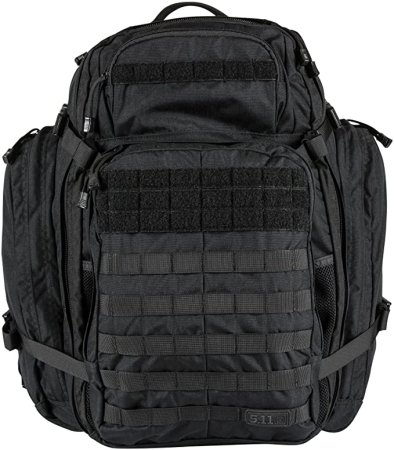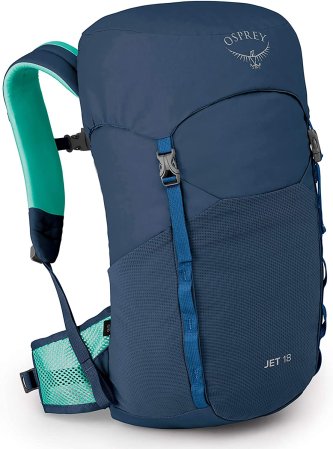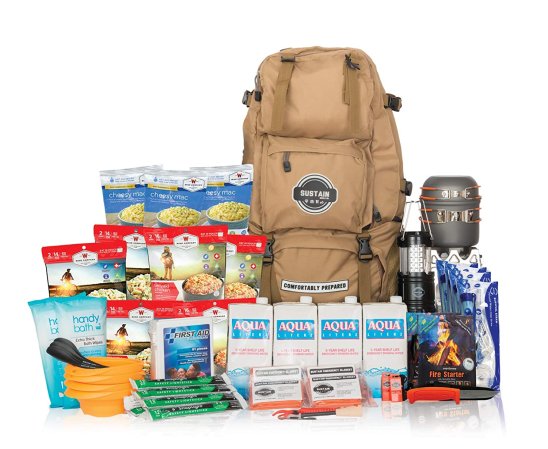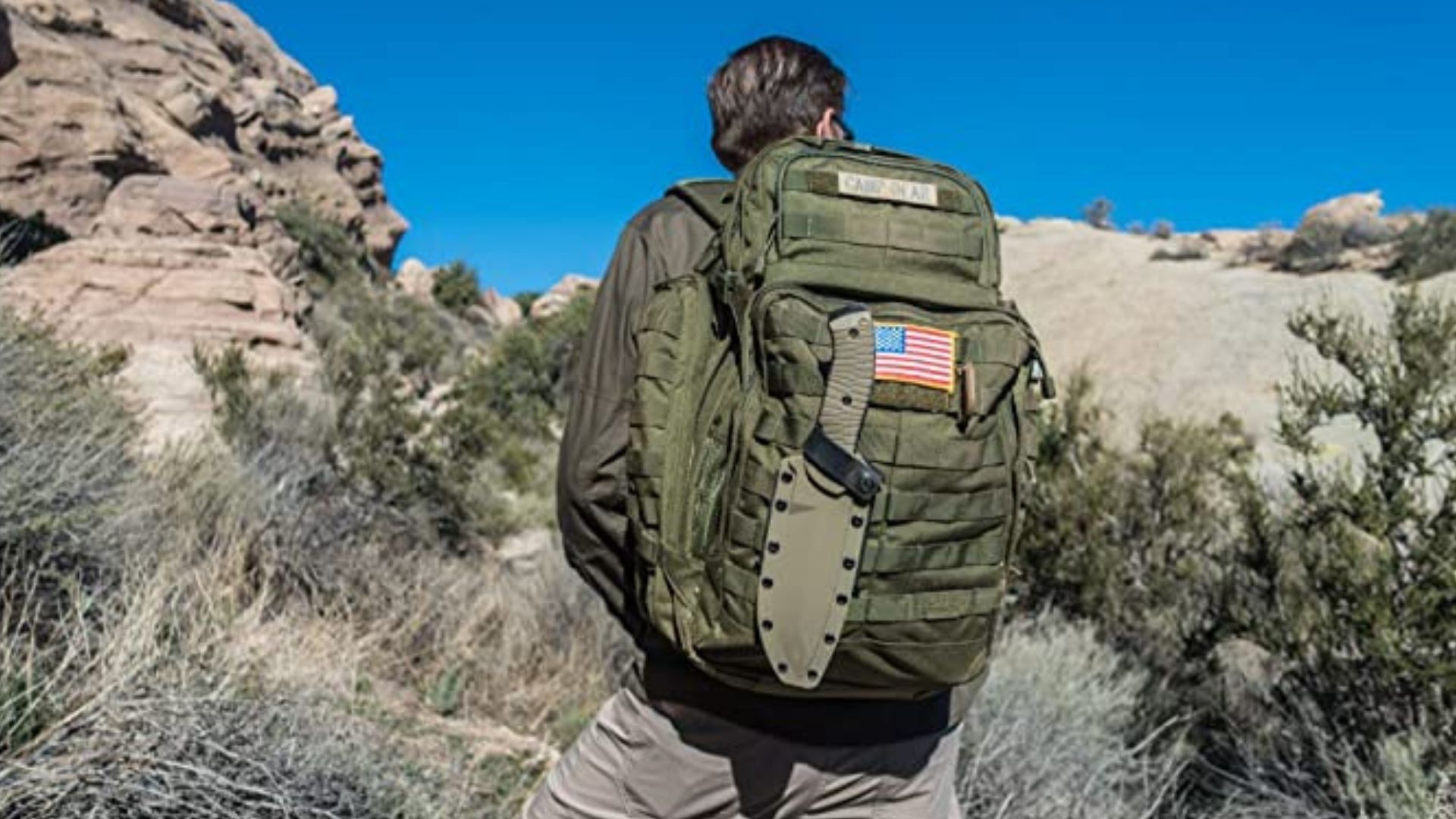

We may earn revenue from the products available on this page and participate in affiliate programs.
A well-stocked bug out bag is an absolute must-have for anyone preparing for the uncertainties of life. The life-saving gear packed away into a bug out bag provides enough food, water, medicine, and other life essentials for a 72-hour trek to a safe location in unpredictable conditions. The best bug out bags have plenty of space for shelf-safe foodstuffs, water, an advanced first aid kit, fire starters, shelter equipment, and navigation gear. They feature plenty of pouches, pockets, and cavities for all your gear (and then some) and are rugged enough to withstand abrasions, poor weather conditions, and any other abuse life can throw at them. In short, a bug out bag is your insurance policy against short-term emergencies that require you to be mobile and flexible. The next time a hurricane strikes, grab your bag and bug out to a safe location without a second thought about the bare necessities.
Of course, selecting a bug out bag is one thing: building the ultimate bug out bag is another thing entirely. Consider taking the time to read this handy guide to packing everything you need for a solid bug out bag and nothing you don’t. Trust us: the next time you’re in an emergency, you’ll be glad you did.
Osprey Farpoint 55 / Fairview 55
Tacticon Armament 24BattlePack
5.11 RUSH72
Osprey Jet 18
Sustain Supply Co. Comfort4 Premium Emergency Survival Bag
Why should you trust us
Growing up, I skipped my time in the Boy Scouts, thanks in part to my natural prepping tendencies. Since Day 1, I have been prepping and planning for emergencies of all kinds, collecting the gear and skills I need to handle potentially hazardous situations. I’m not a fan of wearing cargo pants stuffed with 35-pounds of gear, so whether it’s lugging my EDC gear everywhere or preparing for the next Snowmageddon, I firmly believe in investing in the right bag to keep my gear ready to roll. I’ve also written about bags before, from go bags to carry ons, and have covered various other kinds of gear as well.
Types of bug out bags
Bug out bag
A true bug out bag stores away all the necessities you could ever need to survive for up to 72 hours in unfamiliar settings during unsettling events. They have plenty of space for water, essential foodstuffs, medical gear, fire starters, sheltering equipment, and other user-specific items, such as a rain poncho, a compass, a multitool or survival knife, and a solar phone charger. They are tough and can withstand use in urban, suburban, or rural settings, depending on where you live.
Get home bag
While technically different than a 72-hour bug out bag, the get home bag serves a similar purpose and must meet similar requirements with the exception of size (usually). A get home bag flips the bug out bag concept on its head and instead contains the gear and provisions necessary to reach home from a number of predetermined locations, such as the office. Since most people spend the majority of their time less than three days from home, get home bags tend to be much smaller and contain fewer supplies than their big brothers.
Key features of bug out bags
Capacity
Packing 72 hours-worth of survival gear into a small bag is an impossible task, so finding an appropriately sized bug out bag is an absolute must. Since we are looking at three days of uncertainty, the ideal bag will have a very large capacity in order to accommodate space-hogging water containers. As such, try and find a bag capable of handling 40 and 55 liters of gear, depending on your specific sustenance requirements.
Comfort
Find a bag that will be comfortable to wear for long periods of time on foot. While pedestrian travel may not be a given, being caught without padded shoulders straps, a sternum strap, and a hip belt can kill your morale within minutes of having to abandon more traditional modes of transportation due to unforeseen circumstances. This principle holds true for kids, so make sure that you little people have creature comforts to match yours.
Organization
A disorganized bug out bag is another way to tank both morale and success rates. No one enjoys digging around in the dark for a fire starter, so have the appropriate pouches, pockets, sleeves, and other storage options can make starting a fire a simple exercise in Boy Scout skills (or SERE training for the special stiffs among us) instead of a reminder that failing to prepare is preparing to fail.
Profile
When things go sideways, the wrong bag can attract sideways looks. In a rural setting, a MOLLE-ready tactical bag may be an ideal option that disappears nicely into the cavernous rear of the family minivan or SUV, but in urban settings, it could attract attention from the wrong kind of people: desperate ones. In urban settings, look for a less conspicuous choice, something with “normal” colors that still retains all the essential bug out bag features.
Benefits of bug out bags
When things go south, a well-constructed, properly organized, and thoroughly-equipped bug out bag can be worth more than its weight in gold. Just like insurance, a bug out bag requires an initial investment yet can pay massive dividends should the need ever arise. All in all, this amounts to peace of mind for you and your loved ones, and this is especially true of a bug out bag customized for each member of the family. If you live alone or with a roommate or two, taking the time to plan and pack your own bug out bag and practicing with your chosen gear can be an amazing confidence booster. On the flip side, if you have kids with too much energy and curiosity, teaching them how to pack their own bug out bag and to use their own gear can be massively rewarding as well. Just think, how many kids can brag that their mom or dad taught them how to start a cooking fire or splint a broken arm? Talk about parenting points!
Bug out bag pricing
A good quality bug out bag may not be the cheapest thing in the world, but neither should it break the bank. You can expect to drop around $50, give or take, for a decent quality bag with plenty of space and plenty of pouches. That said, a heavy duty tactical-style bag will easily run you over $150, and the same can be said for well-built hiking backpacks and similar non-tactical designs. Of course, all of this is just for the pack itself and will not cover the cost of your gear and sustenance. While not often recommended, “prepackaged” bags with the bare essentials, such as food, water, and a first aid kit, are available on the market as well. These bags usually cost at least $150 and can easily shoot north of $200. That said, you will still need to round out the contents of these bags, so you can think of them as a bug out bag starter kit. For some, they are totally worth it for the convenience.
How we chose our top picks
When reviewing new gear, we much prefer to go the hands-on route, but sometimes, a lack of resources may thwart our attempts to get our mitts on some cool gear. When that happens, we listen to those who have firsthand experience. We comb through reviews on Amazon, enthusiast blogs, professional publications, and more to bring you the best, most comprehensive information we can. We sift through it all, keeping the gold and tossing the rest.
